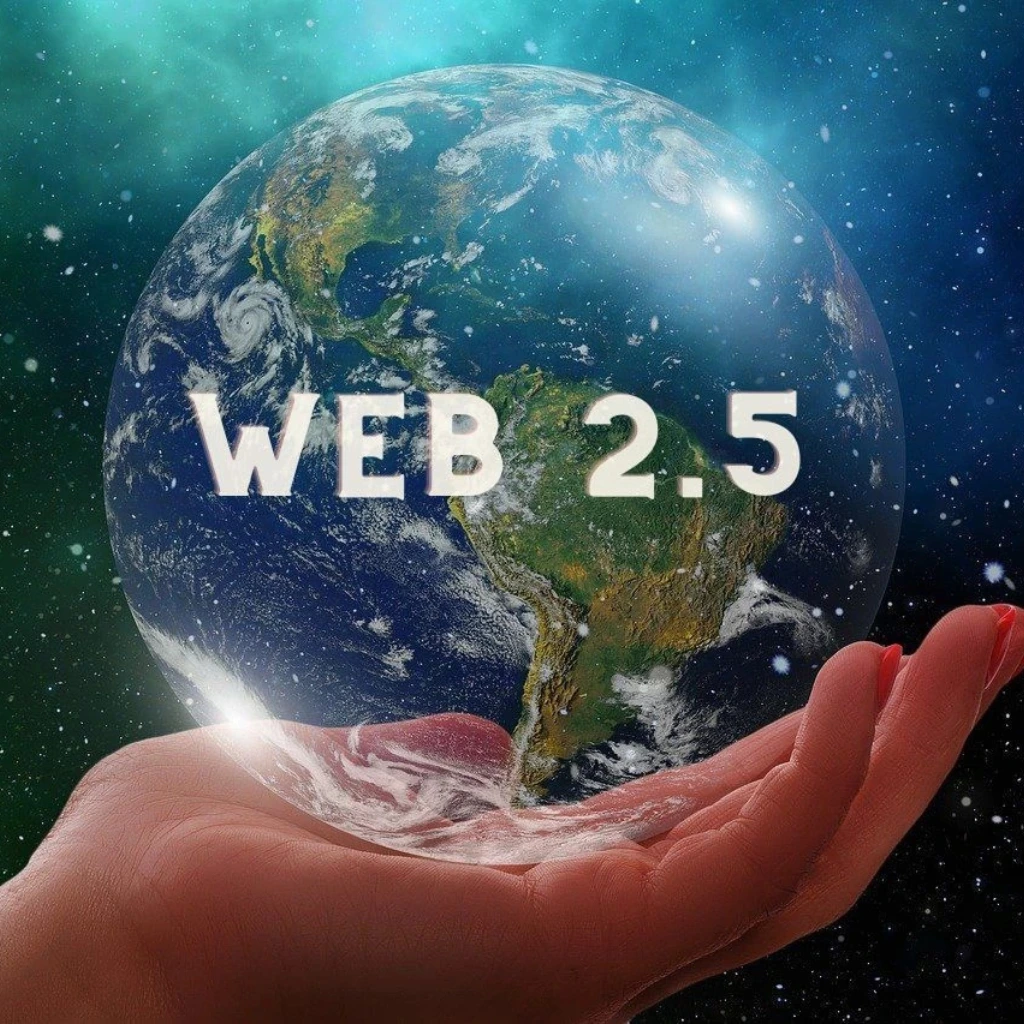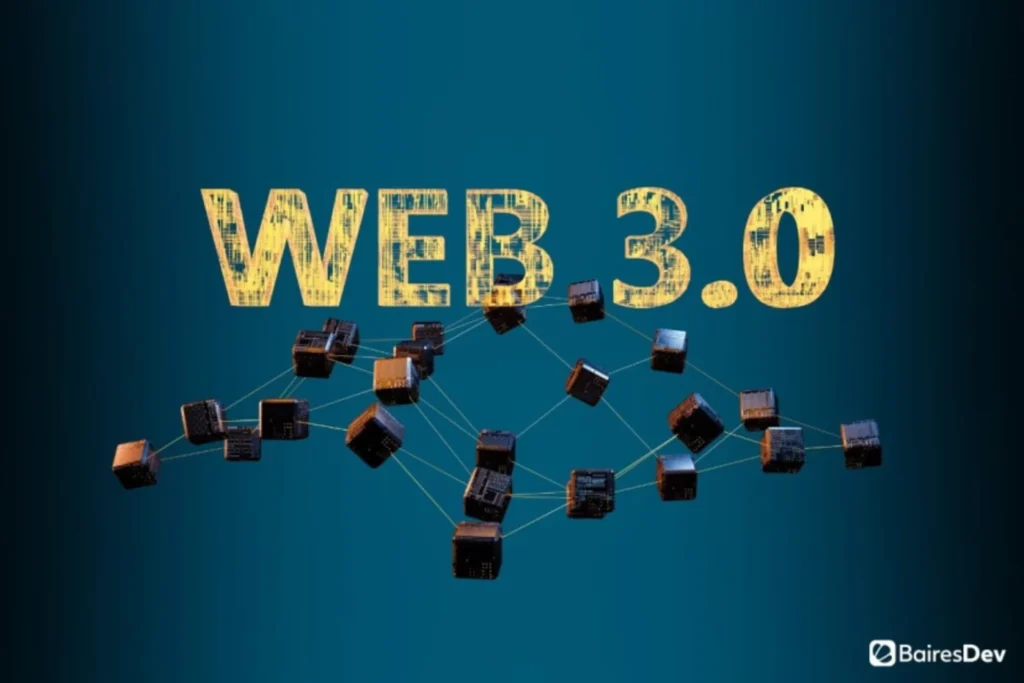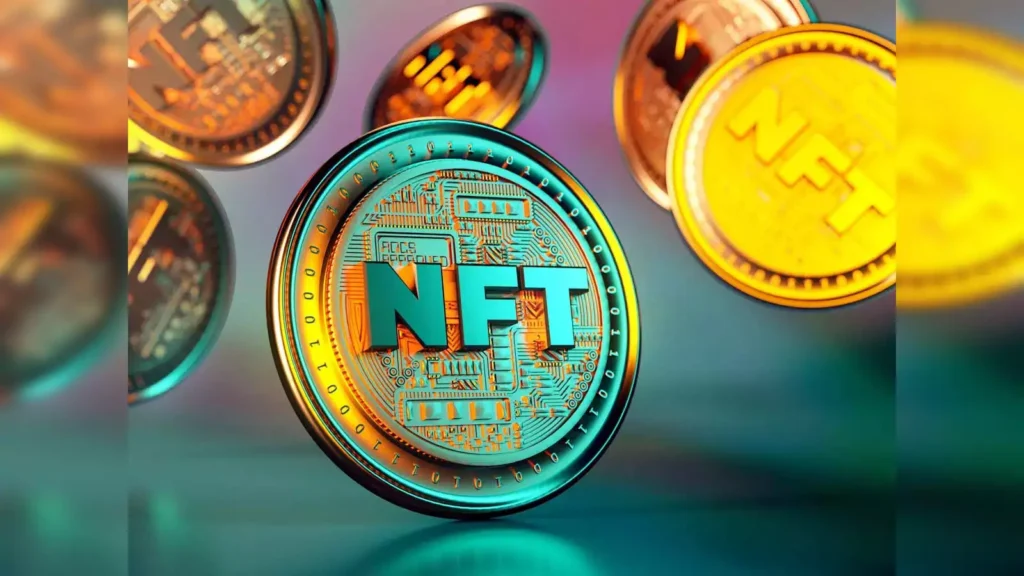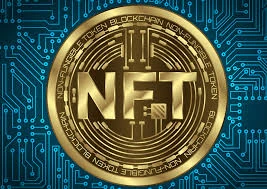Web2.5 Explained: How This Transitional Phase Connects Web2 and Web3
Web2.5 Explained: Understanding the Internet’s Transitional Architecture
The term Web2.5 refers to an emerging class of digital applications and services that integrate Web3 technologies (such as blockchain and decentralized identity) while still relying on Web2-style user experience and infrastructure. Think of it as a transitional web architecture—a necessary layer bridging today’s mainstream internet with the decentralized models of tomorrow.
This article outlines the technical structure and rationale behind Web2.5, supported by real-world examples and a breakdown of its key characteristics.


What Is Web2.5? A Functional Definition
While there’s no official specification or protocol for Web2.5, most experts agree it includes platforms that meet the following conditions:
- Partial Blockchain Integration
Blockchain is used for features like NFTs, token gating, or on-chain reputation, but not as the foundation for the entire product. - Custodial or Semi-Custodial Wallet Systems
Users often don’t manage private keys themselves. Instead, platforms provide custodial wallets or abstract key management, allowing Web2-style logins (email/password or OAuth). - Centralized Frontends, Decentralized Backends
Applications may still run centralized servers for UI, account management, or data storage while calling decentralized APIs or smart contracts for transactions. - User Experience Priority
Web2.5 focuses on maintaining frictionless UX, removing blockchain jargon, gas fees, and complex onboarding flows.
In short: Web2.5 offers the benefits of Web3 without demanding the user behave like a crypto expert.


Real Examples in practice
Several well-known platforms are implementing Web2.5 principles:
- Reddit’s NFT Avatars
These blockchain-based avatars are bought and sold like traditional digital goods. The blockchain backend (Polygon) is hidden behind Reddit’s interface. Wallets are created automatically and managed by Reddit unless users choose to self-custody. - Starbucks Odyssey
Built on blockchain (Polygon again), this loyalty program allows users to earn and trade NFTs (“stamps”)—without interacting with a blockchain interface. Starbucks handles wallet creation, asset issuance, and UI logic. - Coinbase Wallet-as-a-Service (WaaS)
This toolkit allows any app to offer “sign-in with Coinbase” functionality, abstracting away keys, seed phrases, and on-chain complexity while still anchoring identity in blockchain credentials.


Architectural Advantages of Web2.5
Why adopt this hybrid approach? From a technical and product design perspective, it offers several advantages:
- Incremental Migration
Businesses can integrate blockchain without rebuilding their entire stack. APIs and SDKs allow smart contracts to be added modularly. - UX-First Architecture
Abstracting wallet complexity enables faster onboarding and broader reach, particularly for non-technical users. - Scalability & Control
Centralized infrastructure for UI and access control still allows for developer agility, while selectively decentralizing asset storage or authentication. - Security Trade-Off Balance
Web2.5 maintains trusted intermediaries (for support, recovery, anti-fraud), reducing the burden of self-sovereign identity while preserving blockchain’s auditability and immutability.
Technical Limitations & Risks
However, Web2.5 is not without challenges:
- Central Points of Failure
While data may live on-chain, access and management often still depend on centralized services (e.g. Reddit or Starbucks servers). - Pseudo-Ownership
In some implementations, if the platform shuts down or revokes access, users may lose practical access to their assets—even if technically “on-chain.” - Security Surface Area
Combining custodial and decentralized layers can increase complexity and introduce new vulnerabilities (e.g. smart contract flaws + server exploits). - Slowed Innovation
Critics argue Web2.5 discourages full decentralization by keeping users in legacy systems longer than necessary.


Web2.5 Explained in Context: A Necessary Middle Layer
To summarize, Web2.5 is not a downgrade or a fallback. It’s a transitional design pattern—a way for the internet to evolve from closed, corporate ecosystems to more open, user-owned environments. It enables experimentation with blockchain without alienating users or compromising reliability.
In that sense, Web2.5 may not just be a temporary stepping stone, but a long-term hybrid model for many applications.

Final Thoughts: Web2.5 Explained and Understood
So now you’ve got Web2.5 explained from a technical lens: a real-world compromise between idealism and usability, theory and execution.
While not fully decentralized, Web2.5 applications help normalize blockchain adoption and prepare both users and developers for Web3’s eventual arrival—whether in 2 years or 10.
And if history teaches us anything, transitional stages often define the mainstream. Web2.5 might just be the architecture that quietly rewires the web beneath our feet.
Relevant Link : Here



